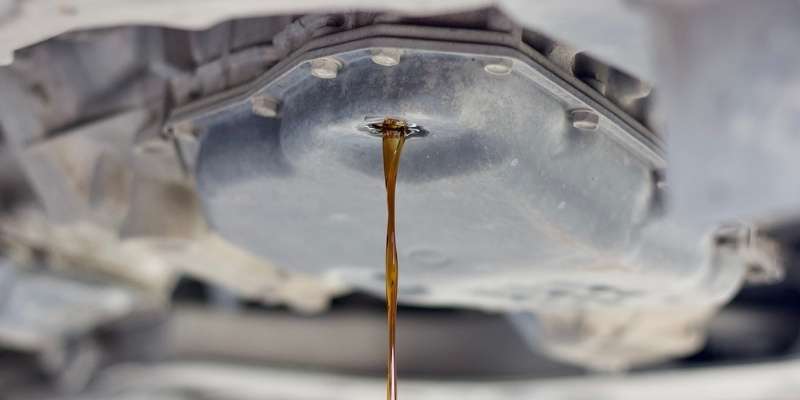A transmission is a machine that can transmit power, and almost everyone would agree that all cars have a transmission, but does this go for all vehicles, including electric cars?
The transmission system helps to transmit the rotating power of an electric source, an internal combustion engine, also known as ICE or an electric motor. This power passes through gears and then to a differential unit that helps spin the wheels, giving your vehicle the ability to move.
Although many people believe the transmission to be the part of the engine that assists in shifting the gears from high speed to a low-speed rate or from reverse to forward as in “automatic transmission” and “manual Transmission”, Let’s find out if this theory also works for electric vehicles.
How Does an EV Work?
Electric vehicles’ unique features (EVs) are their smooth acceleration and instantaneous and super-quiet operation. This is because the propulsion for electric cars works differently.
Including mode of operation and performance, gasoline-powered cars differ from electric cars because of the fuel source.
Unlike ICE vehicles, when you turn on an electric car’s engine, electricity immediately moves from the car’s battery to the electric motor, making it spin rapidly.
Most EVs that are electric vehicles have a single AC (alternating current) motor connected to the gearbox. What is found in this gearbox is otherwise called the transmission, which is made up of a set of gears that help to transmit the rotation of the motor, which is the same as the rotation of the wheels.
But this is more accurately known as a single-speed gear reduction unit because the multiple gears in this gearbox are always connected to each other, and they spin at once.
The energy passes instantaneously and directly through the gearbox from the motor to the wheels instead of a transmission. Transmission from one speed to another does not need to shift from one gear to another for a quiet and smooth acceleration.
Overall, electric cars averagely convert electricity of 77% that is stored in the battery with the aim of moving the vehicle forward.
For a gas-powered car, the energy is between 12% to 30% of the energy stored in the gasoline tank.
The transmitting power from the EV motor to the wheels is 89% up to 98% efficient; however, this depends on the car’s model.
Can electric cars have multiple gears?
EV or ICE cars need more torque than speed to propel the vehicle from a dead stop and more speed than torque if there is already a forward momentum present.
When electric cars, especially the 18-wheelers, come out on the market, they may have transmissions and multiple gears.
Still, given the range of RPMs that is possible with electric motors, they might have two or at least: one for the cruising speed and another for the torque, with a shift from one to the next at around 30mph.
Some ICE and other hybrid cars have CVT, the continuously variable transmission, a form of automatic transmission that effortlessly goes from one speed to another, using pulleys in place of gears.
What transmission system is used in electric cars?
Electric cars use single-speed transmission because their motor is more efficient in different ranges and conditions. The energy generated in electric vehicles is transferred via the gearbox to a drive wheel.
The speed of this motor is reduced by two steps: torque multiplication and speed reduction.
You can see that this is different from the working mechanism of a diesel engine. Plus, electric vehicles are environmentally friendly, as they don’t release any form of pollution.
Do electric cars have CVT transmissions?
Unfortunately, electric cars do not possess continuous variable transmission (CVT), an automatic transmission system that charges effortlessly through continuous gear ratios.
The CVT provides an exceptionally smooth driving experience compared to a traditional automatic.
One of the top benefits of the CVT is that it is highly fuel-economical than your typical automatic. Those who started driving with the manual transition will understand the concept of gear changing.
Why don’t EVs offer manual transmissions?
Basically, there’s no point in having manual transmission systems in an electric car. In internal combustion engine vehicles, you’ll need to rev the engine to gain access to the full torque and power.
To do that, you have a transmission with different gear ratios. Even with the transmission support, these engines don’t have the rev range compared to electric vehicles.
Electric vehicles deliver instant power whenever you set your vehicle in drive. Due to this, an EV needs a single-speed transmission system.
And also, regular cars have an 8,000 range RPMs limit, but you can find a lot of systems that can get up to 20,000 revolutions per minute.
It is possible to add more gears to EVs, but it is not necessary considering their designs.
FAQs
Do electric cars need transmission fluid?
Why does the Taycan have a transmission?
What transmission system is used in electric cars?
Do electric cars use engine cooling?
Are Electric Vehicles very expensive to insure?
Final thoughts
Electric vehicles are made with a unique design, so it’s difficult to compare them with fuel engine vehicles, even in terms of purchase cost.
Most of its parts, especially the engine system, are very different from the usual design and achieve a much higher speed.
With your well-explained guide, you should now get a clear picture of the mechanism of EVs and how they function.






